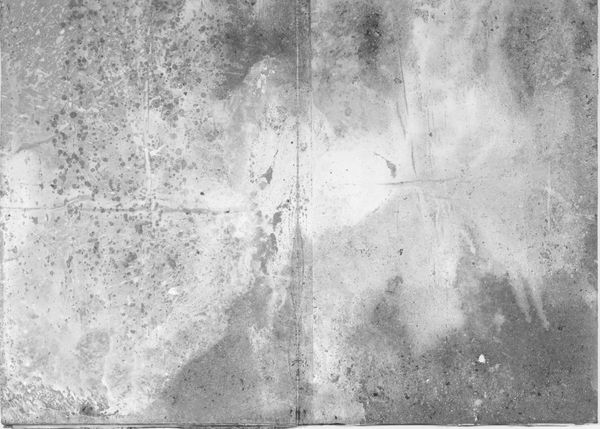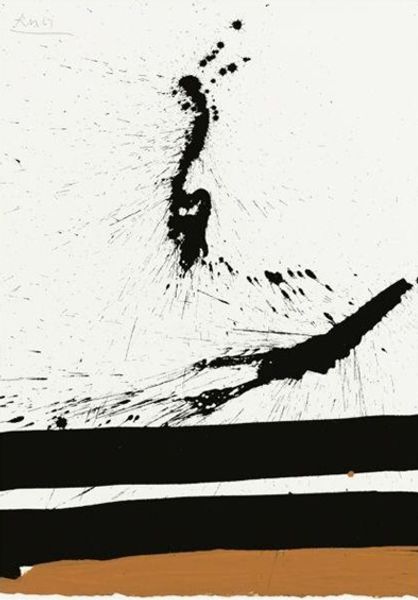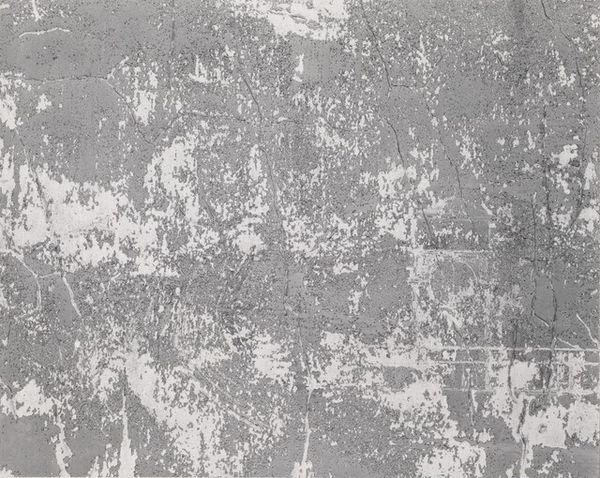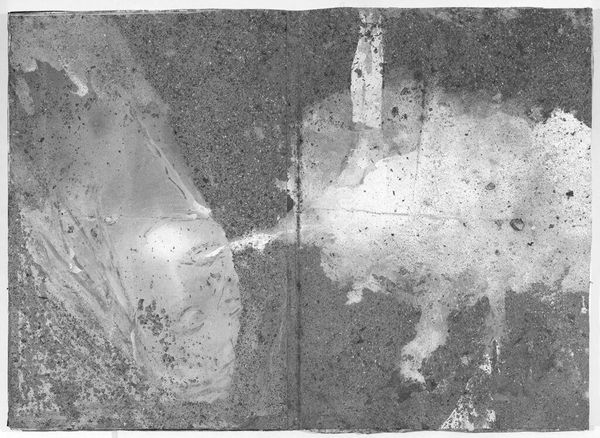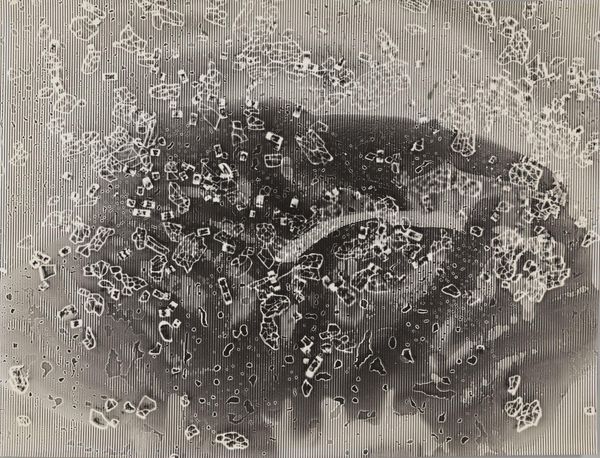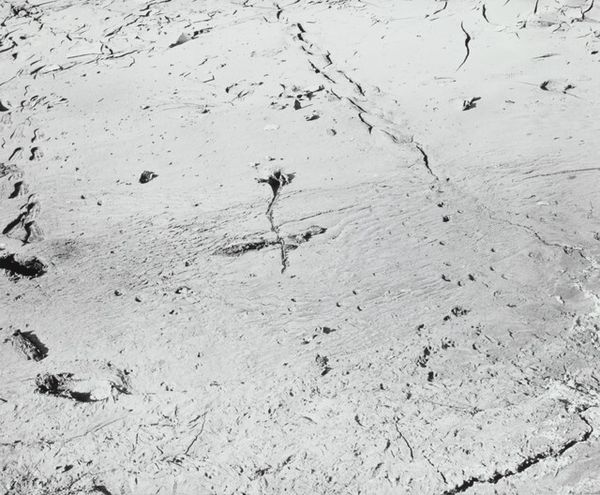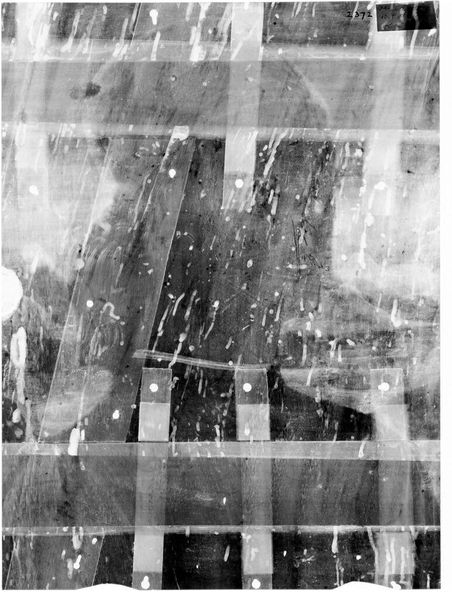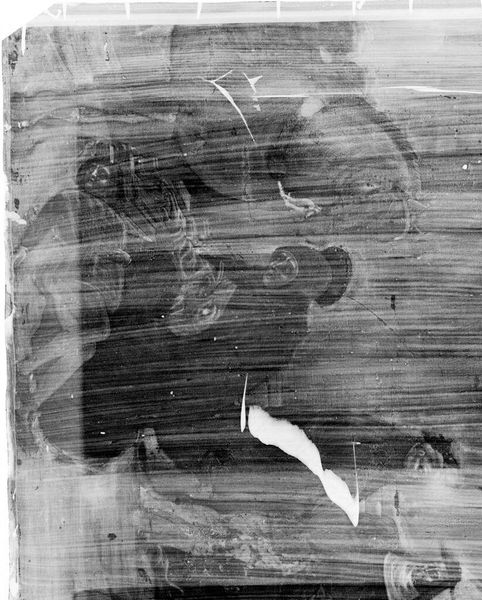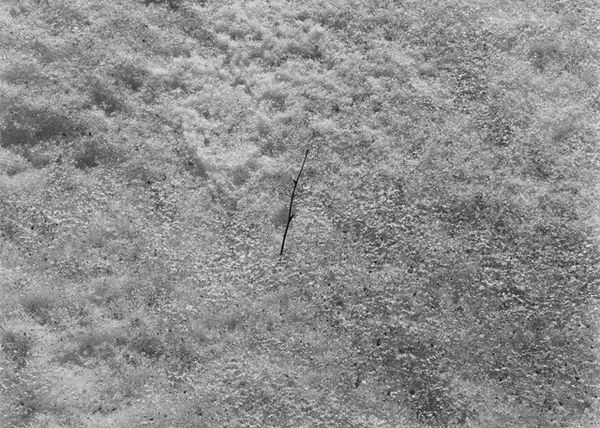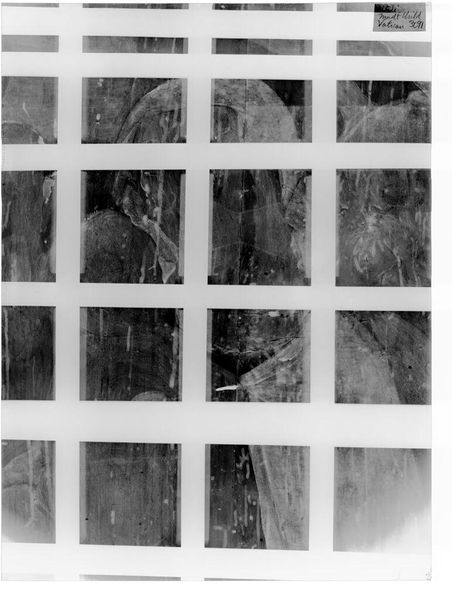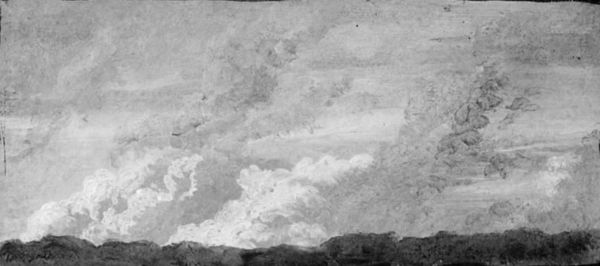
photography
#
still-life-photography
#
sculpture
#
landscape
#
photography
#
monochrome
#
realism
#
monochrome
Copyright: Creative Commons NonCommercial
Curator: Let's take a closer look at Alfred Freddy Krupa's photograph, "It's rainy day", taken in 2022. The monochrome palette creates quite a striking image. Editor: My first impression is that it evokes a sense of melancholic quietude, amplified by the stark contrast between the darkness of the water and that almost blinding white space. The raindrops form these fascinating concentric circles... Curator: The monochrome treatment and realistic style almost compel a deeper reading, positioning it beyond a mere nature shot. Rainy days have historically held diverse significations across cultures – catharsis, cleansing, reflection – especially resonant for those marginalized. Are we witnessing a moment of societal reflection in this tableau of water and wood? Editor: I see a lot in this interplay between texture and light, in how the rain is both destructive and generative. Rain, throughout history and mythology, appears as a motif in rebirth. Here, each drop holds a tiny inverted image of its surroundings, almost like individual memory units. What stories are buried beneath these layers? What narratives do they unlock? Curator: Interesting thought! This composition forces us to examine the boundaries between humanity and nature. The presence of that plank reminds us of civilization's influence – a deliberate incursion on an untamed ecosystem. I feel that Kruba might be commenting on environmental injustice. The detritus collected along the wood can point towards how environmental destruction affects marginalized communities most often. Editor: Yes, that connection to the cyclical is quite striking, I am sensing it too. Visually, the texture of the water creates these fleeting patterns. They symbolize the impermanence of existence – everything is in constant flux, transforming itself. It touches on ideas like memory and change, resonating psychologically as this visual phenomenon. Curator: Ultimately, it feels that Kruba has challenged us to engage with issues concerning history, justice and our role as onlookers – and perhaps participants – within global ecology. Editor: Indeed. What appears initially as a simple still-life, ripples outwards, creating resonance on the plane of human experiences across temporality.
Comments
No comments
Be the first to comment and join the conversation on the ultimate creative platform.
